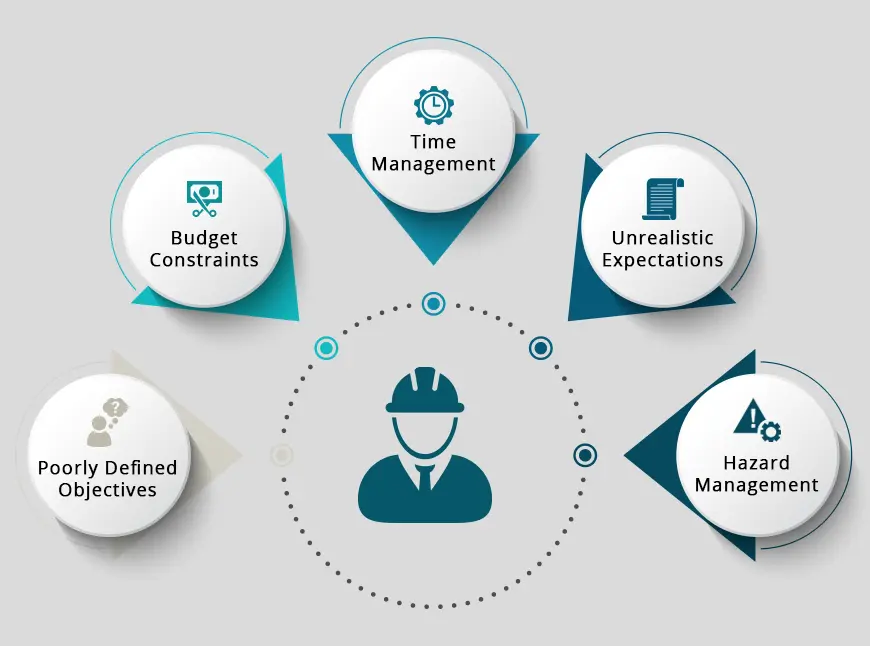we will delve into the importance of customizing contractor safety protocols to fit the unique needs of your enterprise. We will discuss the challenges faced by enterprises when implementing standard safety measures and highlight the benefits of tailoring safety protocols. By the end of this blog, you will have a clear understanding of how to customize safety protocols to enhance contractor safety within your enterprise.
Understanding the Contractor Safety Model:
When it comes to contractor safety, a typical model is often used as a baseline. However, every enterprise faces unique risks and requirements. Therefore, it is crucial to understand the contractor safety model and identify areas where customization is needed. By customizing safety protocols, enterprises can address specific risks and create a safer working environment for contractors.
Assessing Enterprise Safety Protocols:
Before customizing safety protocols, enterprises need to assess their existing safety measures. This involves evaluating the effectiveness of current protocols, identifying gaps, and understanding the specific needs of the enterprise. By conducting a thorough evaluation, enterprises can determine the areas that require customization.
Identifying Specific Contractor Safety Needs:
Each contractor category or project scope presents different safety needs. By understanding these specific requirements, enterprises can tailor safety protocols accordingly. This involves creating a framework to identify and address the unique needs of various contractors. Failure to customize safety protocols for different contractor categories can lead to increased risks and potential accidents.
Customizing Safety Protocols:
To effectively customize safety protocols, enterprises can employ various approaches. This may include modifying training programs, adjusting safety guidelines, or implementing additional safety measures. By aligning safety measures with contractor requirements, enterprises can create a safer working environment for all parties involved.
Implementing Customized Safety Measures:
Once safety protocols have been customized, it is crucial to implement them effectively. This involves clear communication and collaboration between enterprises and contractors. Additionally, providing comprehensive training and resources to contractors will ensure that they understand and follow the customized safety protocols. Regular evaluation and continuous improvement are essential to maintain the effectiveness of customized safety measures.
Case Studies and Success Stories:
To provide practical insights, we will share case studies and success stories of enterprises that have successfully customized their contractor safety protocols. These examples will demonstrate the benefits and positive outcomes achieved through customization efforts. By analyzing these real-life examples, readers can gain inspiration and ideas for their own customization projects.
Conclusion:
Customizing contractor safety protocols is vital for enterprises to ensure the well-being of contractors and mitigate potential risks. By understanding the contractor safety model, assessing existing safety protocols, identifying specific contractor safety needs, and customizing safety protocols accordingly, enterprises can create a safer working environment. Through effective implementation and continuous improvement, customized safety measures will contribute to enhanced contractor safety within the enterprise.


